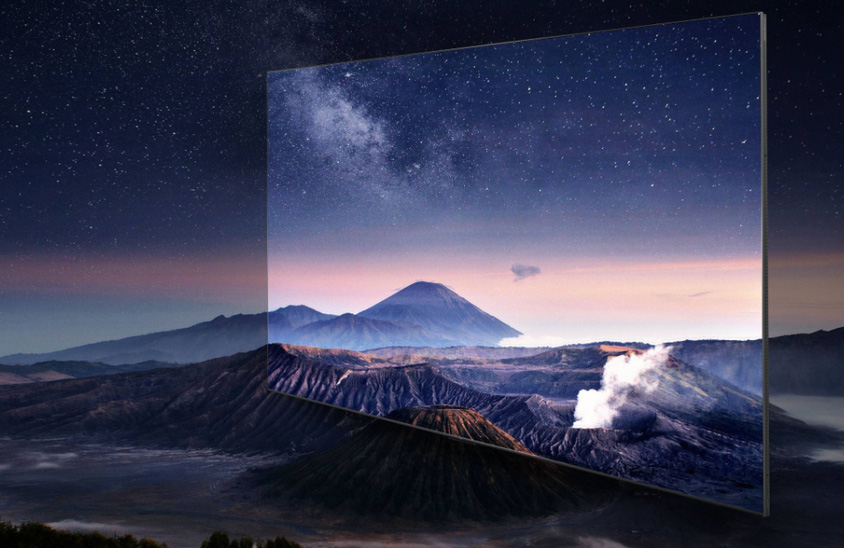-
-
About
-
Fabricate
-
Product
-
-
Investor
-
Talent Acq
-
Contact
Introduction to the functions of each part of the LCD screen
2025-03-19
39
The LCD display is composed of different individual parts, so what are the functional characteristics of these display components? Today, Xiaobian will take you to understand the functions of different parts of the LCD screen.

Liquid crystal displays are equipped with semiconductor switches for each pixel, and their processing is similar to that of LSI circuits. Because each pixel can be controlled directly by a point pulse, each node is relatively independent and can be controlled continuously. This design not only improves the responsiveness of the display, but also allows for precise control of the display grayscale. As a result, the colors of TFT LCD screens are more realistic.
The functions of each part of the LCD display are described as follows:
1. TFT: thin film transistor, a switching device to determine whether the liquid crystal is charged (the thin film transistor is only turned on or off, when the thin film transistor is turned on, the output voltage from its source is charged to the liquid crystal and the storage capacitor, and the charging voltage is determined by the LCD driving circuit).
2. Glass bottom plate: for isolation.
3. Line electrode: The scanning electrode, also known as the gate bus, is connected to the gate of the thin-film transistor in each subpixel.
4. Column electrode: A signal electrode, also known as a drain bus, is connected to the drain of a thin-film transistor in each subpixel.
5. Storage capacitance: the capacity is about 0.5pF. The pole is connected to the transparent display electrode/transparent common electrode. Since the capacity between the transparent display electrode and the transparent common electrode is about 0.1 pF, the voltage cannot be maintained until the next screen update (e.g., the hold time is about 16 ms at a refresh rate of 60 Hz), so maintenance is required with the help of memory capacitors.
6. Polarized glass plate: that is, polarizing plate, the inner polarized glass plate 1 is a horizontal opening, and the external polarizing glass plate 2 is a vertical opening.
7. The transparent display electrode is connected with the source of each thin-film transistor and forms a charging electrode with the transparent common electrode to charge the liquid crystal in each pixel.
8. Color filter: Also known as color filter glass, it is a piece of glass that is made up of many transistors. The LCD screen displays a color image, which is usually achieved by adding a color filter between the transparent common electrode and the polarized glass plate. As the light passes through the liquid crystal layer, it passes through the color filter. Since the color filters are arranged horizontally in red, green, and blue, the R, G, and B colors are divided into three separate dots, each corresponding to a subpixel. On the other hand, adjacent R, G, and B points have different gray variations, forming a single pixel at the same time, and many pixels have different gray variations. From the principle of addition of space and color mixing, we can see a color picture.
9. Light diffuser: The light emitted by the backlight can be evenly distributed to each pixel after passing through the light diffuser.
A general introduction of the 9 functional components, and any questions you may have directly to our official website customer service, customer service can help you answer.